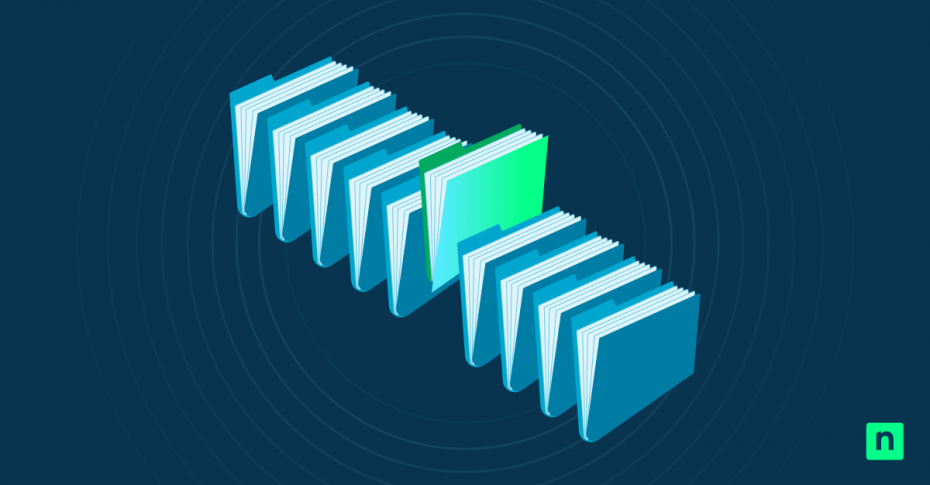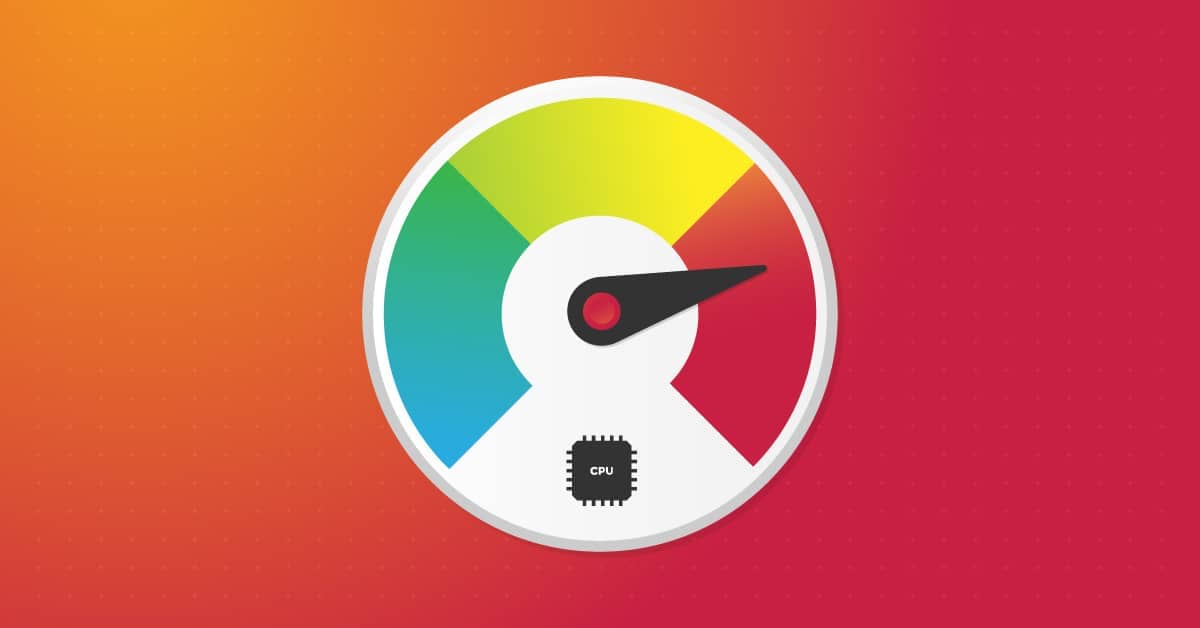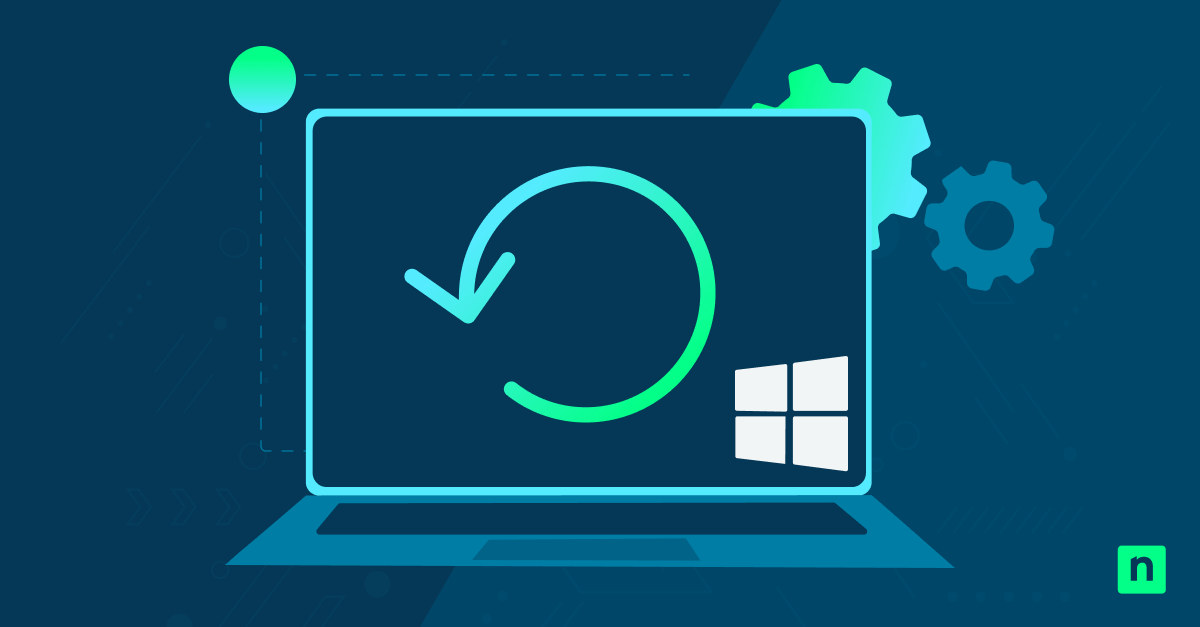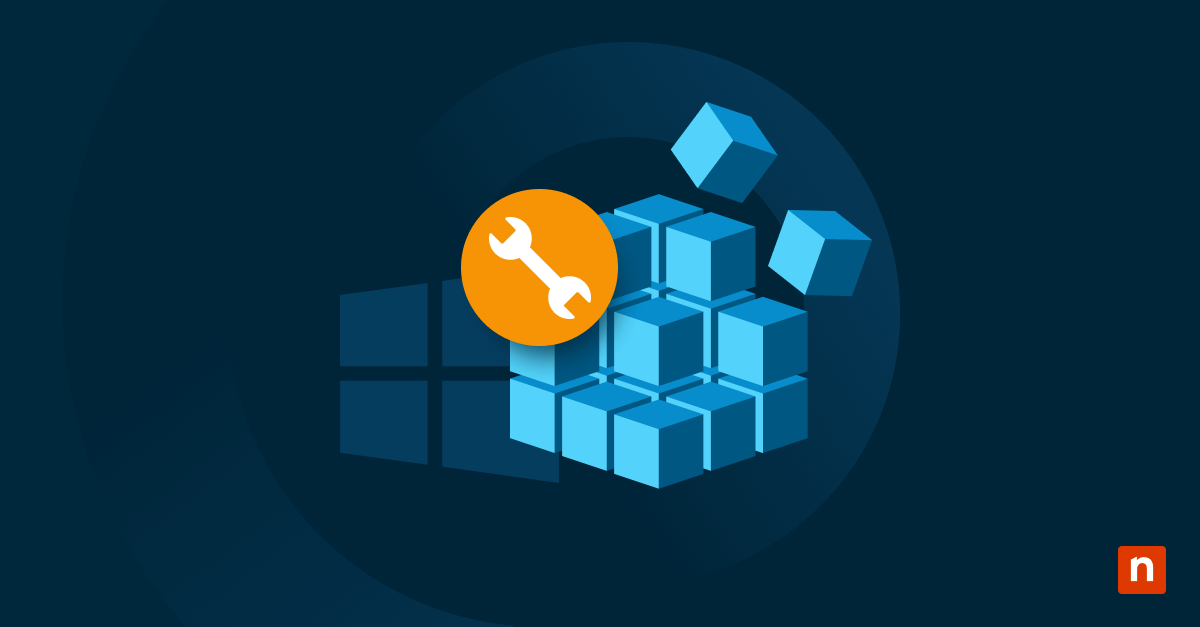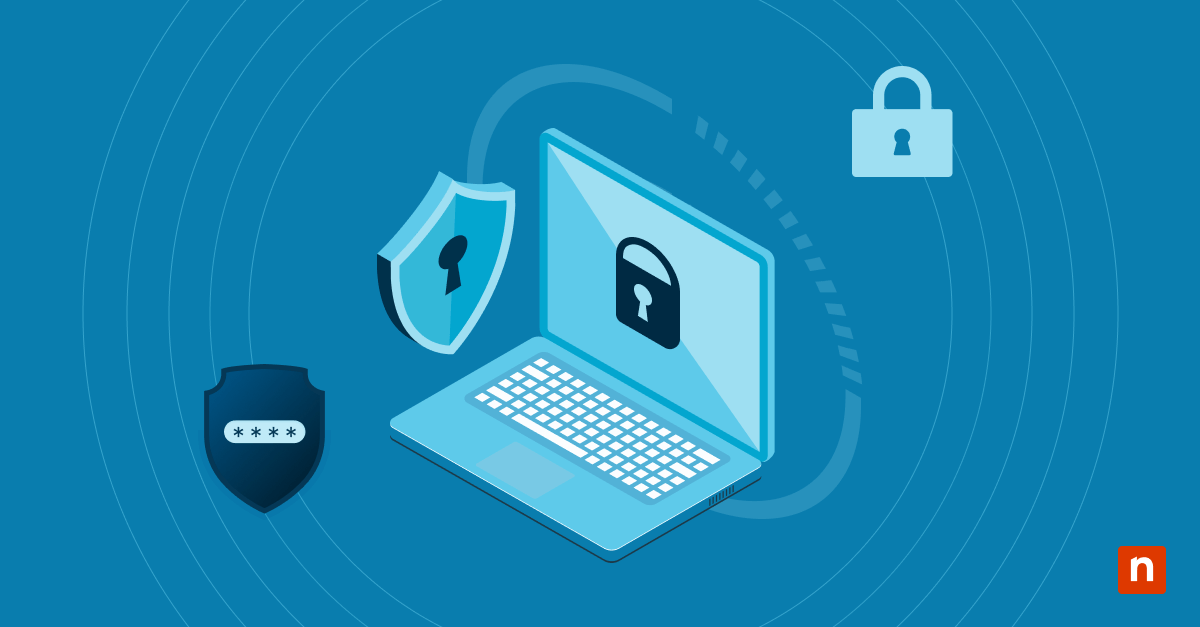The $GetCurrent folder is a hidden file that contains data related to any recently applied Windows updates. While this folder is completely safe and doesn’t affect any other processes on your device, it can take up a significant amount of space when left unchecked. But is it safe to remove the $GetCurrent folder?
This guide details how to free up disk space and minimize unnecessary upgrade files on your computer.
What is the $GetCurrent Folder?
The $GetCurrent folder is a temporary storage installation file from the latest Windows update on your device.
This hidden folder can be found in the root directory of your C:\ drive. It should be a relatively small-sized file folder – however, if you still have pending Windows Updates, it might still contain leftover installation files, which take up a larger amount of space on your hard drive.
Is it safe to delete the $GetCurrent folder?
If you don’t have any pending Windows Updates, deleting the $GetCurrent folder and its contents should be safe. Otherwise, it could impact the update progress and affect overall system performance.
You can check for any pending updates by checking the file dates within the folders. If the dates reflect a significant amount of time (e.g. around 6-12 months), then it should be safe to delete.
You can also check the Logs subfolder by locating the PartnerSetupCompleteResult.log file. This should reflect whether or not the operation was completed successfully. To be sure, you can always check your Windows Update settings for pending actions.
💡NOTE: Once the $GetCurrent folder is deleted, it can’t be used for rollback.
Overall, if you do not urgently need to free up drive space, it is safe to keep the $GetCurrent folder. Windows should automatically delete it alongside any other update installation files after 30 days. If it is past the 30-day period, you can remove the folder yourself or report the issue to an IT administrator.
How to Delete the $GetCurrent Folder in Windows
Method 1: Using File Explorer
- Click Win + E to open the File Explorer.
- Click on the View tab, and find Hidden items in the ribbon. Check the box.
- Open the Windows C: drive, right click on the $GetCurrent folder. Click on Delete.
- If a prompt dialog appears, click Continue to approve.
- If you prefer not to view it in the File Explorer, you can go back to the ribbon and uncheck the Hidden items box.
Method 2: Using Command Prompt (CMD)
- Open an elevated command prompt.
- Enter the following command and press Enter: RD /S /Q “C:\$GetCurrent”
- Once finished, you can close the elevated command prompt.
What should you do if the folder won’t be deleted?
If you’ve noticed that space hasn’t been freed up from your drive even after completing the steps mentioned above, you might want to check the Recycle Bin. Deleting the file from the Windows File Explorer will automatically place it there, where you will have the option to delete the folder permanently.
However, in some instances you might not be able to delete it completely. In this case, it means you might have some pending updates that still need to be installed on your device. You should finish installing the update or delete any pending updates from your settings.
💡NOTE: Before attempting to delete the $GetCurrent folder, ensure that you have administrator permissions.
How do you remove unnecessary Windows update files?
Aside from the $GetCurrent folder, you can remove other Windows upgrade files such as the $WINDOWS.~BT and ~WINDOWS.~WS folders. You can easily remove these files by using disk cleanup utilities from Windows.
Alternatively, you can learn how to disable Windows updates to manage space on your device.
Option 1: Using the Disk Cleanup utility
- Use Win+R to open Run.
- In the dialog box, enter the following: c:\windows\SYSTEM32\cleanmgr.exe /d[Drive Name] then click Enter to run. Replace [Drive Name] with the disk you intend to clean. This will open Disk Cleanup.
- Choose the Windows Update Cleanup option to delete any Windows update leftover files that your system no longer needs.
Option 2: Command-line switches
To avoid the hassle of cleaning up unnecessary files for every Windows update, you can opt to automate the entire process. Simply follow the steps above to run Disk Cleanup, then you can take advantage of any of the following command-line switches:
- /d <driveletter>: This lets you choose the drive that you want to clean. /d can’t be used with /sagerun:n.
- /sageset:n: This command will essentially help you specify which tasks the Disk Cleanup should do. It will prompt a dialog box that creates a registry key for task automation. You can set any integer value under n from 0 to 65535.
- /sagerun:n: This command will run the specific tasks assigned to the /sageset switch. All drives will be enumerated, and the selected profile will be run against them.
The /sageset and /sagerun switches can help you remove temporary setup files, downloaded program files, and Recycle Bin files, all of which could contain residual upgrade-related data that you no longer need.
Option 3: Using Storage Sense
Storage Sense is another storage cleanup utility from Windows that can remove unnecessary Windows update files.
However, it will not directly delete Windows update files on its own. It can delete temporary files and Recycle Bin files, which may contain items such as the $GetCurrent folder.
To run Storage Sense:
- Open Start > Settings.
- In the Settings window, click on System and then click on Storage on the sidebar.
- If the Storage Sense toggle isn’t turned on, enable it.
- Click on Configure Storage Sense to run. Under the Temporary Files section, check the Delete temporary files that my apps aren’t using option.
- Click on Clean now to trigger the cleanup process.
Free up disk space by safely removing the $GetCurrent folder
While the $GetCurrent folder won’t harm or affect your computer in any way, it can still take up a significant amount of space on your disk. You can easily remove these files through built-in Windows functions and utilities, but ensure you have the proper administrative access.
Your Windows device will still operate smoothly once the $GetCurrent folder is deleted, provided you have no pending updates. Automating disk cleanup could significantly ease your workflow if your device needs regular updates and you often face this problem.

